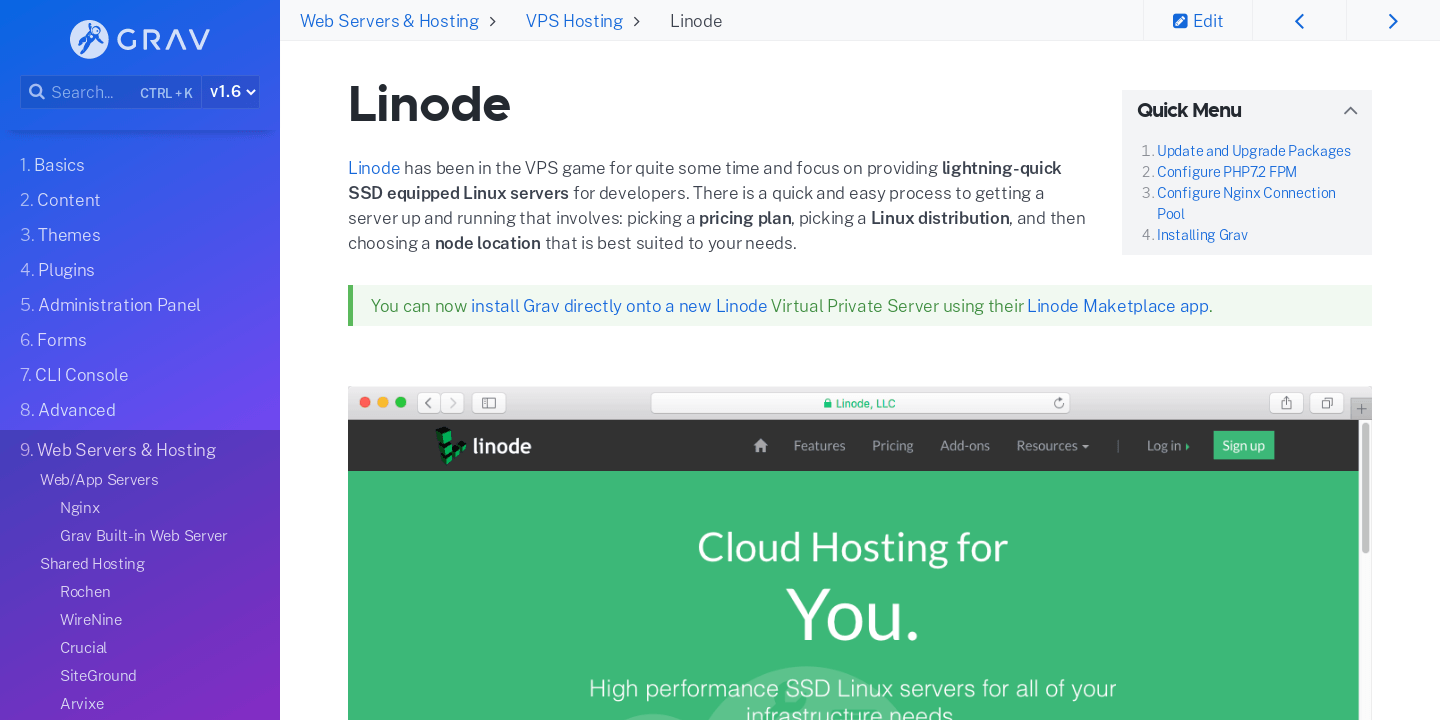
A load balancer diagram is a network representation of application servers. Each server is assigned a particular weight or amount of power. A client requests an application from the server with the highest power. Two of your application servers might be two times more powerful than the third. Clients will request data from the same application servers, but requests will be routed towards different servers.
Hashing algorithm
A Loadbalancing diagram illustrates how requests are routed through healthy servers according to their IP addresses. One of the most popular Load Balancing methods is the Hashing algorithm. The Hashing algorithm generates an unique requestId that uniquely identifies every client request. The hashing algorithm is used to route the request to a desired server.
It is essential to havehing in distributed systems. This allows requests to be mapped equally between servers in a cluster. To reduce the amount of work needed by the cluster each time a new ring occurs, it is important to keep the hashing consistency across nodes.
Connection multiplexing
Connection multiplexing, which is one common way to distribute traffic to multiple servers, is another. The loadbalancer will pick the appropriate service for each request that a client makes. ADC must keep track both of the initial connection and follow-on traffic. This is an important task, because follow-on traffic may have two specific problems: connection maintenance and persistence.

In a load balancer diagram, connection multiplexing can be achieved by multiplying the total number of connections with the number of servers. Each server is assigned an IP address and port. The loadbalancer will accept a request from a client for a particular service and rewrite packets to include the destination address of the virtual server.
SSL passthrough
SSL passthrough allows you to set up SSL in load balancers. It puts all encryption and descryption work on load balancers, making it easier to manage certificates. SSL passthrough ensures secure traffic between the loadbalancers' backend servers. However, it can expose customer data to other network instances. It is not recommended for networks with lower security.
SSL passthrough uses more CPU cycles, and has higher operating costs. This method is unsuitable for high-traffic deployments. It does not support access rules, sticky sessions, and redirects. It is therefore only suitable for small-scale deployments.
Network server load balancer
A load balancer is a network device which rewrites packets to ensure they reach their destination. A loadbalancer can handle different traffic types depending on their source IP addresses. Load balancing requires multiple servers. The first server acts a "frontend", receiving traffic from the Internet and forwarding it to the second server. A second server serves as a back-end and responds to clients' requests.
Load balancers can be either hardware appliances or software-based virtual devices. A load balancer will automatically redirect a user's requests to the other servers if a single server goes offline. It will also automatically transfer requests if another server has been added.

Kubernetes load balancer
The Kubernetes load-balancing diagram illustrates how one pod handles requests while the other pod handles replies. This approach doesn't account for persistent connection, which is one of the main problems. This means that an application must implement load balancing on client side. There are many solutions to this problem, such as kube proxy and iptables. These solutions can only be used for common deployment scenarios. They do not address the specific requirements of particular applications.
Each Pod can have its very own IP address in Kubernetes. In the above diagram, each red Pod sends requests to a service with a fixed IP address. The controller will collect the pending services and assign them unique IP addresses for delivering incoming packets.
FAQ
What is Website Design Software?
The website design software can be used by graphic artists and photographers, illustrators, writers and others who are involved in visual media.
There are two main types for website design software. Desktop apps can be installed on your local computer. They also require that you install additional software. Cloud-based software is hosted remotely over the internet. It does not require you to install additional software, which makes them great for mobile users.
Desktop Applications
Although desktop apps offer more features than cloud-based applications, they are not always required. Some people prefer working exclusively on a desktop app, as they find it easier. Others prefer the same tool, no matter if they are using it on a mobile device or a laptop.
Cloud-Based Solutions
Web designers who want to save time and money should choose a cloud-based solution. These services allow you to edit any type of document from anywhere that has an internet connection. This means you can work on a tablet while waiting for your coffee to brew.
You will still need to buy a license if you choose to use a cloud-based program. However, additional licenses are not required to upgrade to a newer version.
These programs can be used in Photoshop, InDesign, Illustrator or any other Adobe product to create web pages.
What does it mean to be a UI designer
Designers of user interfaces (UI) are responsible for creating interfaces for software products. They are responsible for the design of the layout and visual elements in an application. They may also include graphic designers.
The UI Designer should be able to identify problems and solve them.
A UI designer needs to be passionate about software and technology. From developing ideas to implementing them into code, a UI designer must be able to comprehend all aspects of the field.
They should be able create designs with various tools and techniques. They should be able solve problems creatively by thinking outside the box and come up with innovative solutions.
They should be detail oriented and organized. They should be able to develop prototypes quickly and efficiently.
They should feel at ease working with clients, large and small. They should be able and willing to adapt to different situations and environments.
They should be capable of communicating effectively with others. They should communicate clearly and concisely.
They should be well-rounded people with strong communication skills.
They should be motivated and driven.
They should be passionate for their craft.
Is it more likely to be hired as a web developer if I have a good portfolio?
Yes. If you want to land a job as web designer or developer, your portfolio is essential. Your portfolio should show examples of your skills, experience, and knowledge.
Portfolios usually include samples of past projects. These examples can showcase your abilities. Include everything: mockups; wireframes; logos; brochures; websites and apps.
Statistics
- It's estimated that in 2022, over 2.14 billion people will purchase goods and services online. (wix.com)
- It's estimated that chatbots could reduce this by 30%. Gone are the days when chatbots were mere gimmicks – now, they're becoming ever more essential to customer-facing services. (websitebuilderexpert.com)
- The average website user will read about 20% of the text on any given page, so it's crucial to entice them with an appropriate vibe. (websitebuilderexpert.com)
- When choosing your website color scheme, a general rule is to limit yourself to three shades: one primary color (60% of the mix), one secondary color (30%), and one accent color (10%). (wix.com)
- Did you know videos can boost organic search traffic to your website by 157%? (wix.com)
External Links
How To
How to choose one CMS from another?
There are two types in general of Content Management System (CMS). Web Designers use Static HTML or Dynamic CMS. WordPress is the most well-known CMS. But when you want to make your site look professional and well-organized, you should consider using Joomla! The powerful, open-source CMS Joomla allows you to build any website design with no coding skills. It's easy and quick to install. Joomla has thousands of pre-made templates and extensions that can be used to create your website. In addition, Joomla is free to download and use. Joomla can be used for many purposes.
Joomla is a powerful tool that makes it easy to manage all aspects of your website. Joomla offers many features, such as a drag and drop editor, multiple templates support, image manager blog management, news feed, eCommerce, and a blog management. Joomla is an ideal choice for anyone wanting to build a website, without needing to know how to code.
The great thing about Joomla is that it supports almost all devices, including mobile phones, tablets, desktop computers, laptops, etc. So, if you want to develop websites for different platforms, you can do so easily.
There are many reasons Joomla is preferred over WordPress. There are several reasons that Joomla is preferred over WordPress.
-
Joomla is Open Source Software
-
Easy to Install and Configure
-
There are thousands of ready-made templates and extensions
-
It's free to download and use
-
All Devices Accepted
-
The Powerful Features
-
Good Support Community
-
Very Secure
-
Flexible
-
Highly customizable
-
Multi-Lingual
-
SEO Friendly
-
Responsive
-
Social Media Integration
-
Mobile Optimized